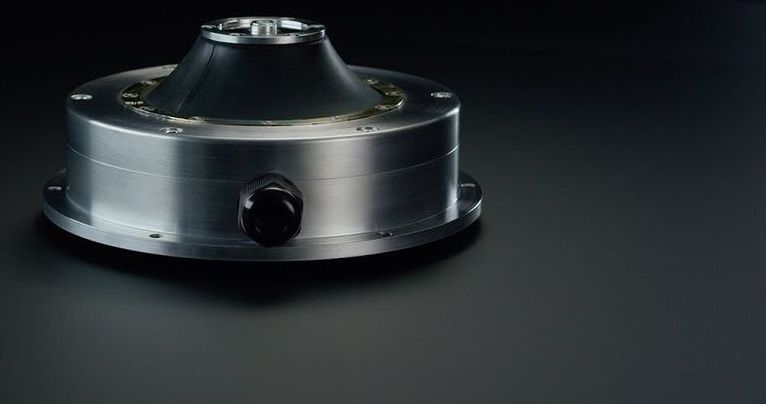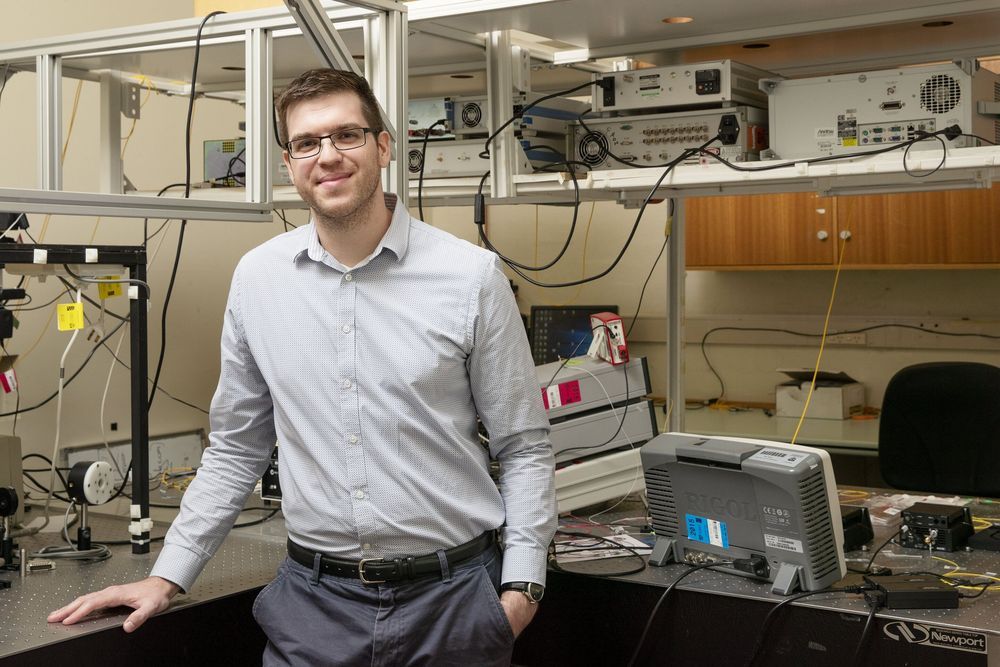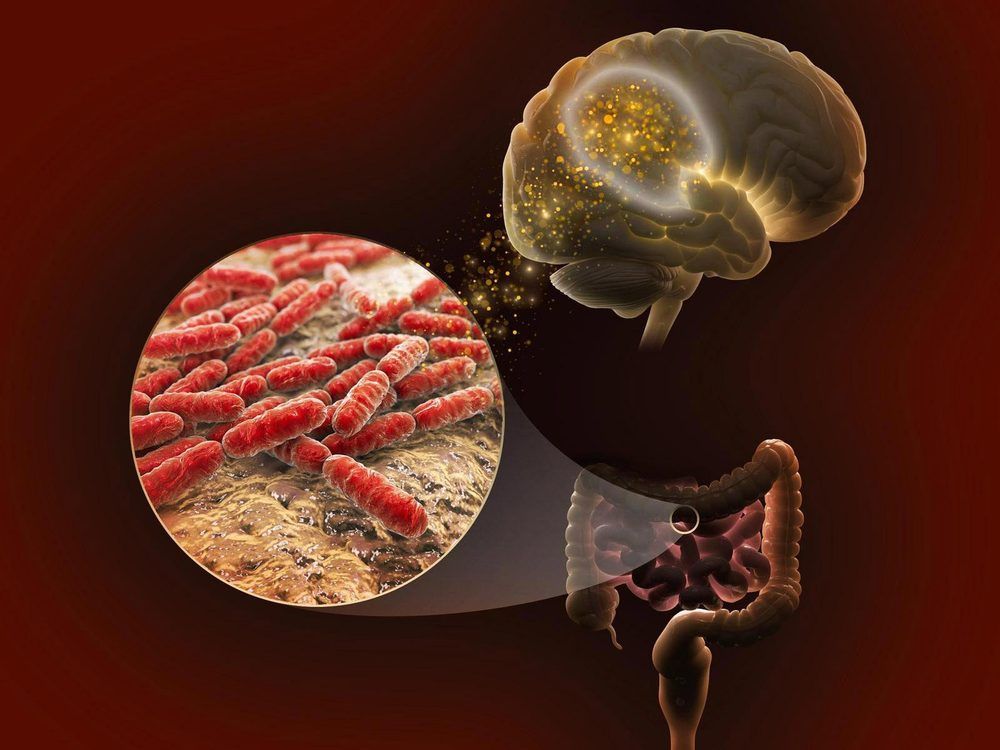Spanish engineering company Siemens Gamesa has revealed a new offshore wind turbine, set to become the world’s largest and most powerful, with serial production planned for 2024.
An artificial ‘robo-nose’ made from living mouse cells can replace sniffer dogs’ job of smelling narcotics like cocaine, marijuana, missing people and explosives.
The formation of the Sun, the Solar System and the subsequent emergence of life on Earth may be a consequence of a collision between our galaxy, the Milky Way, and a smaller galaxy called Sagittarius, discovered in the 1990s to be orbiting our galactic home.
Astronomers have known that Sagittarius repeatedly smashes through the Milky Way’s disc, as its orbit around the galaxy’s core tightens as a result of gravitational forces. Previous studies suggested that Sagittarius, a so called dwarf galaxy, had had a profound effect on how stars move in the Milky Way. Some even claim that the 10 000 times more massive Milky Way’s trademark spiral structure might be a result of the at least three known crashes with Sagittarius over the past six billion years.
A new study, based on data gathered by ESA’s galaxy mapping powerhouse Gaia, revealed for the first time that the influence of Sagittarius on the Milky Way may be even more substantial. The ripples caused by the collisions seem to have triggered major star formation episodes, one of which roughly coincided with the time of the formation of the Sun some 4.7 billion years ago.
“Pavegen creates high engagement with citizens by converting their footsteps into energy, data and rewards.
As pedestrians walk across the Pavegen system, the weight from their footsteps compresses electromagnetic generators below, producing 2 to 4 watt seconds of off-grid electrical energy per step.”
Pavegen is a breakthrough smart city technology that creates high engagement with citizens by converting their footsteps into energy, data and rewards.
Scientists have developed a new type of laser that can deliver high amounts of energy in very short bursts of time, with potential applications in eye and heart surgery or the engineering of delicate materials.
The Director of the University of Sydney Institute of Photonics and Optical Science, Professor Martijn de Sterke, said: “This laser has the property that as its pulse duration decreases to less than a trillionth of a second, its energy could go through the roof.
”This makes them ideal candidates for the processing of materials that require short, powerful pulses. One application could be in corneal surgery, which relies on gently removing material from the eye. This requires strong, short light pulses that do not heat and damage the surface.”
It was January of 1980 when 21-year-old Helene Pruszynski was kidnapped, raped and murdered in Douglas County, Colorado. Her body was found in a field, but police never identified a suspect. Pruszynski’s murder became a cold case.
“We consider a case that does not have any viable leads after one to two years a cold case,” cold case detective Shannon Jensen said.
However, Jensen says the case was never forgotten. Detectives continued to re-open it for 40 years. Then, with the help of new DNA technology, the suspect was identified in December of last year as James Curtis Clanton. He will be sentenced on April 10, based on the first-degree murder laws in 1980.
A molecule commonly produced by gut microbes appears to improve memory in mice.
A new study is among the first to trace the molecular connections between genetics, the gut microbiome, and memory in a mouse model bred to resemble the diversity of the human population.
While tantalizing links between the gut microbiome and brain have previously been found, a team of researchers from two U.S. Department of Energy national laboratories found new evidence of tangible connections between the gut and the brain. The team identified lactate, a molecule produced by all species of one gut microbe, as a key memory-boosting molecular messenger. The work was published recently in the journal BMC Microbiome.
WUHAN, China — As the worldwide number of COVID-19 cases reaches five million, the search for a vaccine has taken an important step forward. Researchers say the first human trial of a possible vaccine has been found to be safe and may effectively fight the virus.
Scientists in China say 108 healthy adults were given a dose of adenovirus type 5 vectored COVID-19 (Ad5-nCoV) during the trial. The drug uses a weakened strain of the common cold (adenovirus) to deliver genetic material which codes itself to find the protein in SARS-CoV-2 — the virus that causes COVID-19. These coded cells then head to the lymph nodes where the immune system creates antibodies that can recognize the virus and attack it.
“These results represent an important milestone. The trial demonstrates that a single dose of the new adenovirus type 5 vectored COVID-19 (Ad5-nCoV) vaccine produces virus-specific antibodies and T cells in 14 days,” Professor Wei Chen of the Beijing Institute of Biotechnology said in a statement.
Three decades ago, the two countries reached an understanding not to fight. But Beijing is now a much stronger power.









